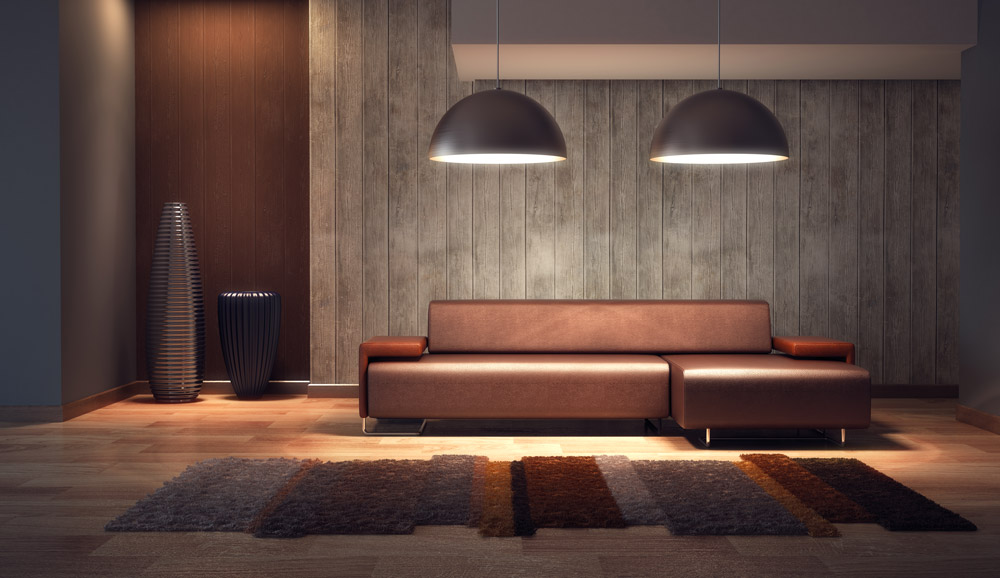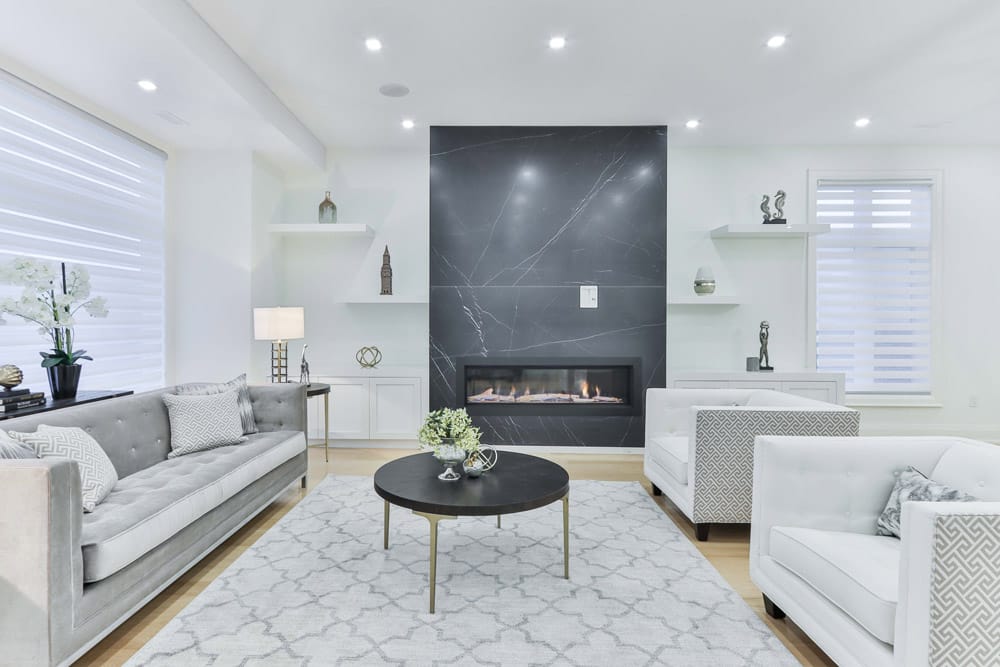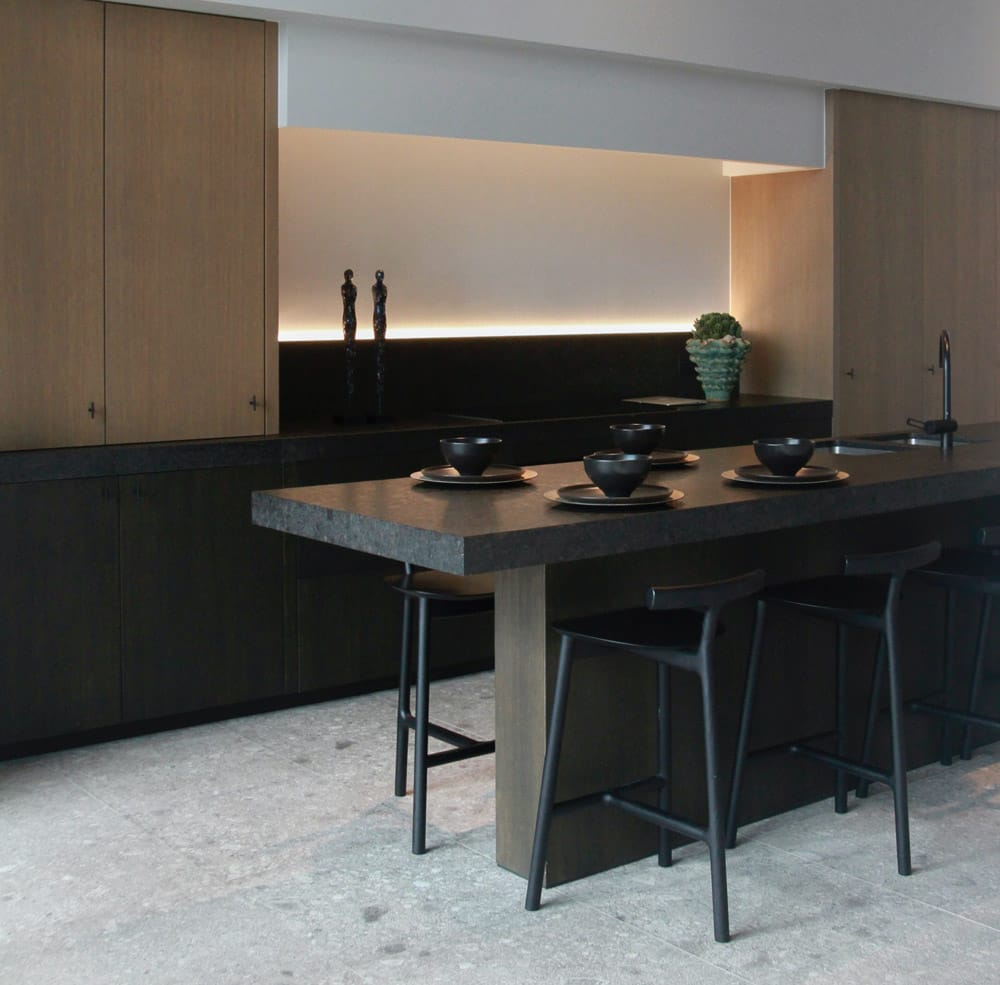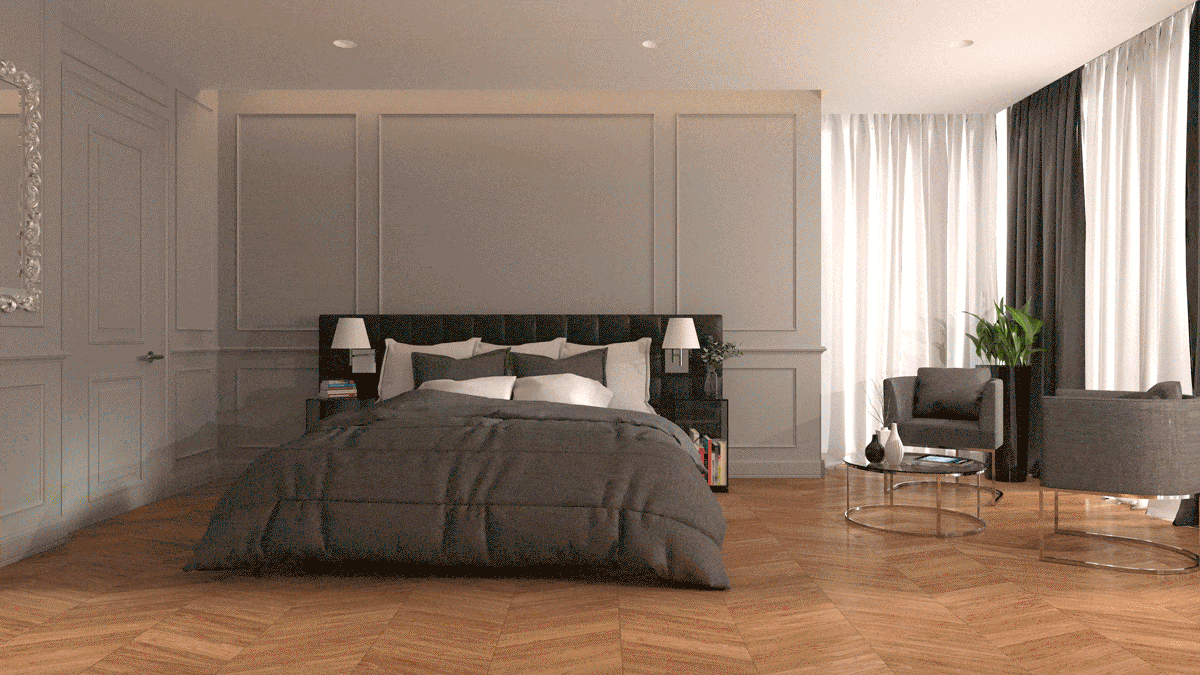Designing interior lighting for different types of environments requires a careful preliminary analysis so as to avoid making some crucial mistakes. The lesson imparted by location-specific interior design is that the purpose of the arrangement of the various elements that make up a space is to create a pleasant environment capable of transmitting emotions. Thanks to lighting design, you can give every room of a house or workplace the atmosphere you want, obtaining unique and surprising effects. On the other hand, underestimating the different aspects of lighting in interior design can irreparably compromise the impact of your project. Here are some of the most common mistakes you should avoid when designing indoor lighting.
1. Getting the Level of Brightness Wrong.
When designing indoor lighting, one of the first aspects you need to consider is the ideal amount of light necessary. To illuminate an environment in the best possible way, you will have to consider both the size and the type of the space. Otherwise you risk designing exceedingly bright or overly gloomy rooms. The slant of the walls, the environment’s exposure to natural light, and the way the rooms are arranged will have a crucial bearing on the end result. A very common mistake is designing unstratified lighting, which is less flexible and thus non-adjustable according to the time of day. A lighting that is ideal in the morning will not necessarily be the most pleasant in the evening. It is always best to distribute the lighting on different levels to ensure greater flexibility. Using a dimmer to adjust the lighting can also be a very effective solution.

2. Overlooking the Function of Each Room.
Interior lighting design requires constant attention to the function of each environment as well as esthetics. Both when choosing the type of lamp and when arranging the lighting, you will have to keep in mind the purpose of each space. The most typical example is that of an open plan environment, a polyfunctional space that requires a very meticulous management of the lighting. Overlooking this aspect can lead to leaving some portions of the room unlit while lighting others improperly. Common examples of this are TV nooks with exceedingly direct lighting, poorly lit living room areas, kitchens with insufficiently lit counters. The habits of the people who inhabit these spaces are also very important. A bedroom with a table lamp might not be functional for someone who reads in bed in the evening and requires a form of lighting that is more appropriate and restful for the eyes. Similarly, clients with small children might appreciate wireless indoor lighting.
3. Using the Wrong Color of Lighting.
The color of the lighting can define the atmosphere and comfort of an environment just as much as its brightness. Using a yellow lightbulb in a living room can make for a gloomy effect, while a very cold white light in a bedroom can be blinding. In this case, too, you will have to consider the function of the room, the natural lighting, and the effect you wish to obtain to light the different environments in a satisfactory way. Especially if you plan to choose colored lighting, this choice should be very carefully pondered to avoid a muddled or disturbing effect. What might seem pleasant for a few minutes can prove unbearable in the long run.

4. Overlooking the Furnishings.
Overlooking the interaction of lighting and furniture when designing indoor lighting is one of the worse mistakes you can make. The furnishings of an environment define both its style and its appearance, and the arrangement of the lighting can either enhance or dampen the effect. Not only will you use different lighting when designing rustic interiors compared to when you are planning the indoor lighting of a modern house; it will also vary in the context of a same style. The color of the furniture, the amount of space it takes up, its style – these are all essential aspects you need to consider when choosing between a floor lamp and a wall lamp, or when you are deciding where to place them. Not to mention the materials of all the furnishings, which could reflect or cancel out the light in the wrong spots. Taking all these variables into consideration will offer you the opportunity to create fascinating and very striking effects.

5. Skimping on the Light Sources.
The importance of the energy efficiency of an environment is an increasingly relevant subject. However, focusing on economizing when you’re coming up with interior lighting ideas and reducing the number of light sources is unforgivable mistake. For several years now, LED lighting has made a large amount of light available while heavily cutting down on energy use. Arranging the light sources following the principles of task lighting also helps cut down on energy waste. On the other hand, a poorly lit room will never be functional and will lead to improvised solutions that are not likely to be efficient. This doesn’t mean that going overboard is always the best solution. Once again, studying the environment will offer you the correct answer.
Easy and Effective Interior Lighting Design.
Compared to a few years ago, today the instruments for including lighting in an interior design project are much more advanced. Not only can you easily include different light sources and types of lamps, but you can even generate a preview of the effect they will have. You can do this with ArredoCAD Designer, a 3D interior design software with state-of-the-art tools for light management. Aside from placing the light sources in each room, with ArredoCAD you can also set your preferred intensity. Thanks to the function for regulating the Kelvin scale, you can determine with great precision the level of brightness of each section of your project. Furthermore, a library of over 30,000 3D furnishing elements offers you everything you might need to design your interior setting down to the tiniest details. This makes for an extraordinary added value thanks to which you will be able to present your clients with a preview of your project that is already complete in every detail.

Learning to Design Interior Lighting with Location-Specific Interior Design.
The best way to create unique and evocative environments is if you learn to envision the harmony of the different elements of a specific space. You have to be able to evaluate the relationship between colors, volumes, and textures, and understanding how the lighting will interact with each of them is at the core of the creation of exclusive designs. ArredoCAD Academy offers courses in Location-Specific Interior Design and Interior Lighting Design to help you enliven your interior design projects with refined harmony.
Find out more about ArredoCAD’s functions and courses in interior lighting design or download our free demo now.

